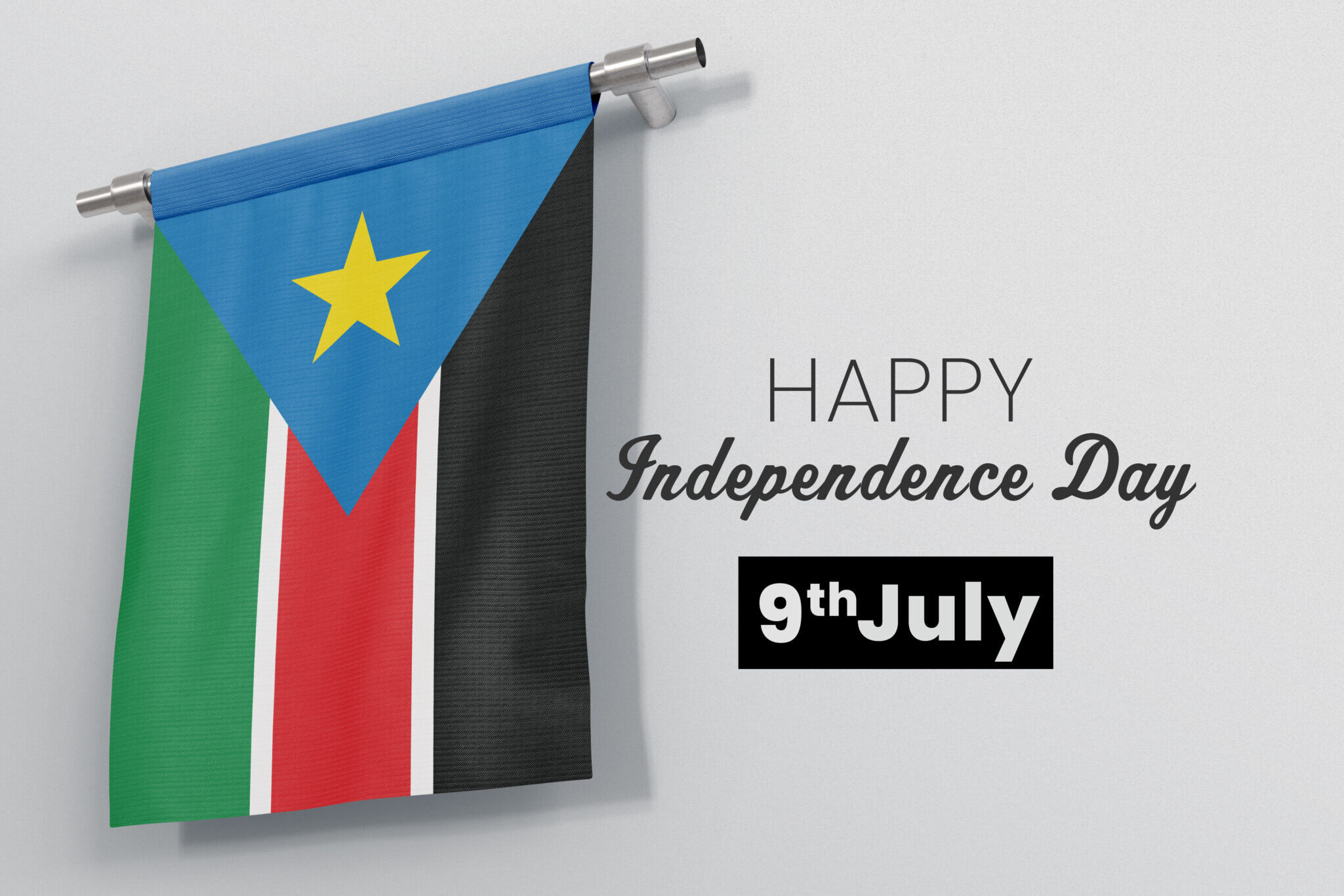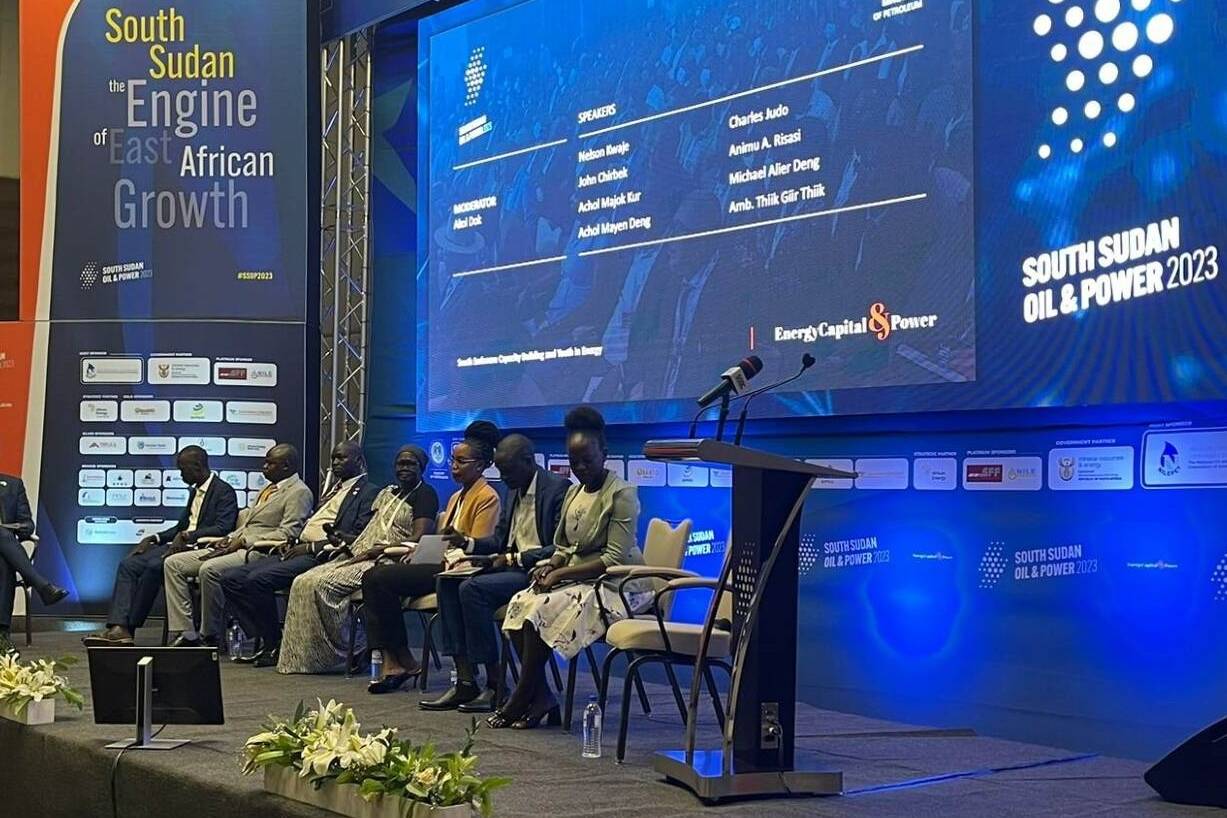Trends in African Energy Projects.
The Sub-Saharan Africa energy sector is vibrant with projects aimed at increasing and securing capacity demanded by greater urbanisation, higher living standards and a fast growing population – predicted to double to 2.5 billion by 2050. Recent reports on the Sub-Saharan African market show that energy projects have consistently made up a large proportion of the active projects across the wider market and, in 2021, Deloitte estimated that the sector represented 20% of all construction projects in Africa.
The Ukraine war has a notable effect, with international investors reviewing their risk analysis of the region, and governments seeking to reduce or remove their reliance on energy imports from Russia. The war has triggered sharp price-rises for energy, at least in the short term, causing a re-assessment of projects which were previously unviable or seen as having low returns, now becoming more attractive to investors. This will propel energy projects which provide for energy extraction and exportation.
In the short term, due to heightened energy prices in the global market and the resultant shift by European countries towards alternative sources of energy, there will be significant growth in all parts of the Sub-Saharan Africa energy sector.
— Clyde & Co
Oil & Gas.
West Africa has long been a major producer of oil and gas, but Southern and Eastern Africa have seen an upsurge in the development of new oil and gas projects in recent years, notably the new oil pipeline through Uganda and Tanzania, known as the East Africa Crude Oil Pipeline, and the well documented major LNG project in Mozambique. Mordor Intelligence assess that the East Africa upstream oil and gas industry is expected to grow at a compound annual rate of more than 3% for the period until 2025 which, given global trends, is significant growth.
The announcement of such projects has increased confidence in the sector across Sub-Saharan Africa which, together with the extremely high price of oil and gas on the commodities market, has resulted in further exploration being carried out, notably off the East African coast, with the new USD 30 billion LNG project in Tanzania due to commence in 2025, which will be the biggest LNG project on the continent.
The sector is expected to grow significantly in the short term, however the medium terms prospects are more uncertain, particularly as African governments may be unwilling to sanction such projects as they seek to reduce carbon emissions and may encounter difficulties in financing and insuring such projects.
Africa has enough technical wind potential to satisfy its electricity demands 250 times over.
— IFC 2020 Report
Climate Change.
Efforts to combat climate change have resulted in more carbon-neutral projects being developed than ever before in Sub-Saharan Africa.
The nuclear sector has historically been undeveloped but there are signs of change. Kenya is planning a USD 5 billion 2,700 MW nuclear power plant in Tana River County, which will have an initial capacity once operational of 1,000 MW with further MW to come online in future years. This would be a major development for the nuclear industry in Sub-Saharan Africa as, currently, South Africa is the only country with a functioning nuclear power plant (Koeberg NPS). Whilst the Kenyan project is not expected to enter its construction phase until 2030, its announcement may encourage other Sub-Saharan African countries to follow suit and develop projects of their own, particularly given that nuclear projects produce cleaner energy than traditional fossil fuel sources.
The issue however remains about the cost of developing and operating a nuclear power plant which may be prohibitive in many jurisdictions, although financing such projects is likely to become easier than financing traditional energy projects as time progresses.
Renewable energy projects are in the ascendance, driven by efforts to combat climate change and developments in technology. South Africa’s ‘Just Transition Framework’ (May 2022) defines actions aimed at transitioning to a low-emission and climate-resilient economy, and which should result in substantial investment in renewable projects. This reinforces RSA’s Risk Mitigation Independent Power Producer Procurement Programme (RMIPPPP) that has led to substantial investment in solar and battery projects the Northern Cape province.
Sub-Saharan Africa also has an abundance of natural resources which make it an extremely attractive location for hydroelectric projects, such as the Grand Ethiopian Renaissance Dam and Stigler’s Dam in Tanzania, and solar projects, which have seen an increasing number of large-scale projects which contribute power to national grids, having previously been dominated by smaller scale projects, which were designed to provide power for specific buildings or settlements. For instance, the 188MW Biopio Project in Angola announced last year will be the largest in Sub-Saharan Africa. In addition, in mid-2022 South Africa announced the construction of three solar battery facilities with a combined capacity of 540 MW – one of the world’s largest solar and battery initiatives. Among these is the Redstone Concentrated Solar Power Project in Postmasburg, which is expected to achieve full commercial operation by October 2023.
A relatively new energy source in the context of Sub-Saharan Africa is offshore wind, with a number of coastal Sub-Saharan African countries having huge potential.
— Clyde & Co.
Conclusion.
In the short term, due to heightened energy prices in the global market and the resultant shift by European countries towards alternative sources of energy, there will be significant growth in all parts of the Sub-Saharan Africa energy sector.
However, in the medium to long term, as countries’ targets for reductions of carbon emissions start to kick in, we should see fewer new oil and gas projects with the focus shifting to nuclear and renewables projects. Given Sub-Saharan Africa’s wealth of hydro, wind and solar natural resources, exciting times lie ahead for the industry.
Related Posts
2023-06-17
SSOP: South Sudan Targets Youth Empowerment
When you are alone for days or weeks at a time, you eventually become drawn to…


